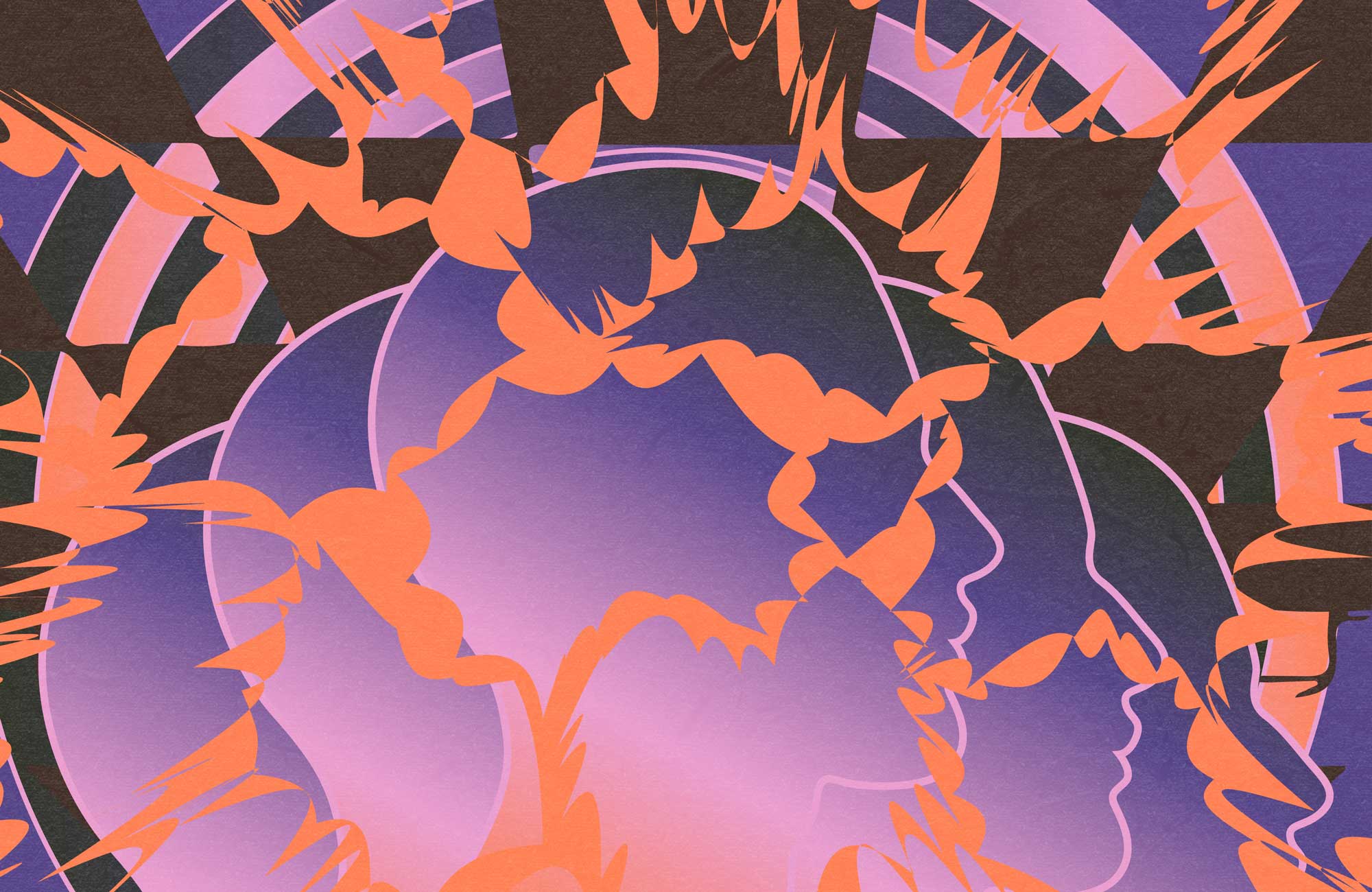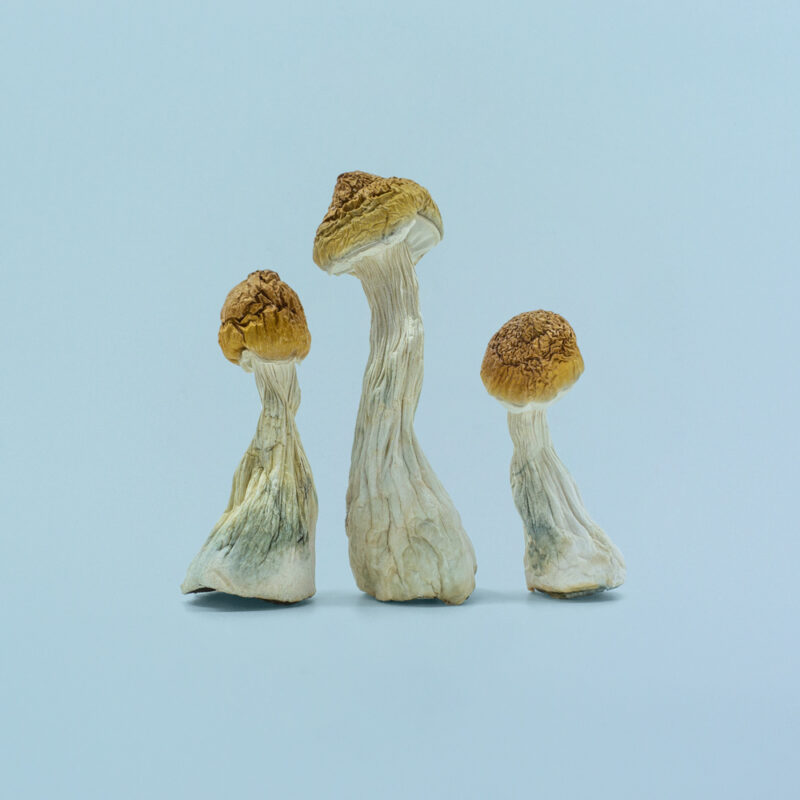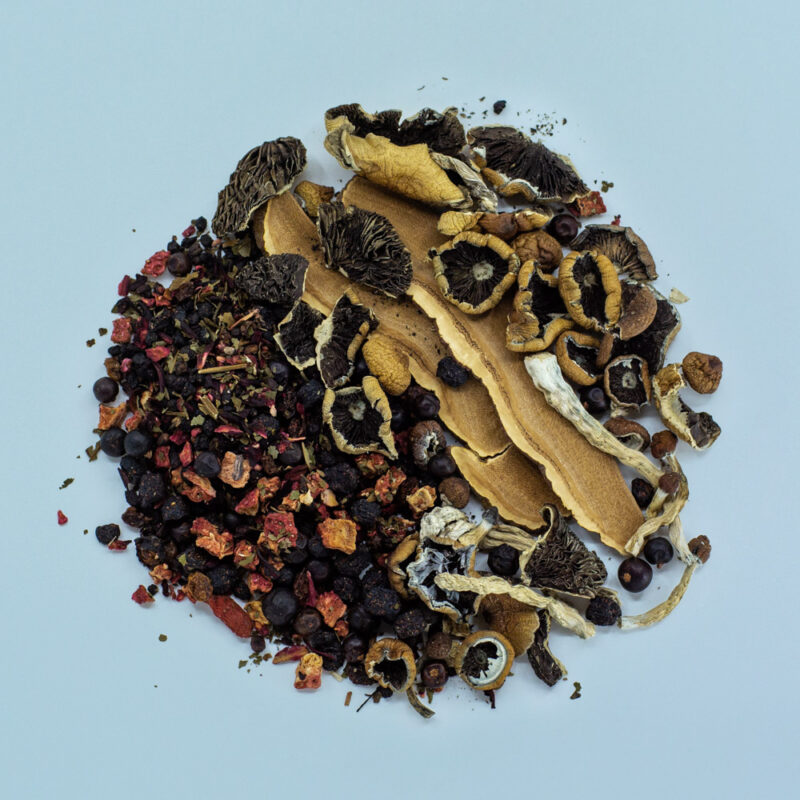The Default Mode Network Explained

The Default Mode Network (DMN) is an interconnected network of brain regions that are active when a person is not paying attention to the outside world but is instead daydreaming, pondering, and thinking about themselves. This network dramatically influences our sense of identity and the evolution of our identities. Self-referential thinking, our sense of self, the role we play in the world, and the capacity to reflect on one’s thoughts, feelings, and experiences have been connected to the activity in the DMN. The Default Mode Network physiologically consists of bilateral and symmetrical areas of the prefrontal, medial and lateral parietal cortices of the human brain–or in Freudian terms “the ego.”
Research has shown that DMN is more active in people with depression and anxiety, and it is considered that this network’s excessive activity may make these disorders worse by encouraging self-doubt and negative self-talk. On the other hand, a reduction in DMN activity has been associated with reduced anxiety, increased creativity, and improved mood.
In addition, the DMN has been implicated in forming and maintaining our narratives and beliefs and shaping our sense of self and individuality. It is thought that the DMN is involved in constructing our internal representations of the world, shaping our beliefs, values, and attitudes, shaping the way we show up in the world.
The DMN is also intimately connected to our memories and perception of time, and research indicates that this network aids in incorporating memories into our sense of self and personal narratives. This indicates that the DMN is essential to comprehending and creating our identity and sense of place in the world.
Psychedelic substances reduce the connectivity within the Default Mode Network (DMN). This reduction in connectivity is believed to be the primary cause of the strange experiences and altered states of consciousness associated with taking a psychedelic, such as a sense of dissolution of the sense of self. This phenomenon is known as ego dissolution, and is thought to be caused by the decreased communication between the DMN and other brain regions. In addition, the decrease in DMN connectivity may also lead to a heightened perception of the world, as well as an increased ability to access unconscious thoughts, memories, and emotions.

How can psychedelics briefly disrupt the function of DMN
Psychedelic substances have long been a subject of interest to researchers. Researchers at Imperial London College have been particularly interested in the connection between the activity of various brain regions, including the DMN in threatening depression.
A 2017 study published in Nature, researchers are looking at psilocybin’s potential as a treatment model for depression. Functional magnetic resonance imaging (fMRI) was used to measure cerebral blood flow (CBF) and blood-oxygen-level dependent (BOLD) resting-state functional connectivity (RSFC) before and after treatment with psilocybin for treatment-resistant depression on 16 patients. Decreased depressive symptoms were observed in all patients at 1-week post-treatment. Blood flow decreased in the temporal cortex and amygdala. Decreased blood flow in the amygdala correlated with reduced depressive symptoms. Increased resting state functional connectivity in the default mode network was seen after 5 weeks. These data fill a significant knowledge gap regarding the post-treatment brain effects of psilocybin and are the first in depressed patients. The post-treatment brain changes are different to previously observed acute effects of psilocybin, and other ‘psychedelics’ yet were related to clinical outcomes.

Another study, published in Science Direct, looked at how psilocybin alters the functional connectivity of the claustrum with the DMN and affects the perception, memory, and attention of 15 participants. The results showed that under the influence of psilocybin participants, “psilocybin decreased functional connectivity of the right claustrum with auditory and default mode networks (DMN), increased right claustrum connectivity with the frontoparietal task control network (FPTC), and decreased left claustrum connectivity with the FPTC”. On a personal level, this was translated into increased feelings of now-ness, letting go, and equanimity.
The connection between ego death, psychedelics and DMN
Psilocybin is known to significantly affect the brain’s default mode network (DMN). When you ingest psilocybin, the usual connections in the DMN rapidly dissolve and your brain becomes free of the control of the DMN.
When taking large amounts of psilocybin mushrooms, 5+ grams, or what’s called a Hero Dose, the DMN is disrupted so much that one can experience ego death. Ego death is a temporary loss or disruption of the sense of self, instead feeling connected to something greater than oneself. People who have taken psychedelics such as psilocybin mushrooms or LSD often report this experience, which can lead to profound changes in beliefs, attitudes, and behavior.
The decrease in activity and connectivity in the default mode network (DMN) during psychedelic experiences could explain why users might report a sense of ego death and self-transcendence. This reduction in activity may lead to a temporary dissolution of the sense of self, as well as a reduction in self-referential thinking, and contribute to feelings of being connected to something greater than oneself.
The implications of an ego death experience
An ego-death experience can be both destabilizing and an excellent opportunity to redefine our identity. Within this experience, we can let go of limiting beliefs and attitudes and adopt others that will serve us better in navigating the uncertainty of life.
The implications of this experience can be profound, vary greatly from person to person, and are unpredictable. Some people report feeling a greater sense of interconnectedness, unity, and oneness with others and the world around them. Some also report heightened creativity, insight into their lives or trauma they’ve dealt with in the past, and feelings of transcendence beyond the limits of their self. On the other hand, some may find the experience unsettling or challenging to integrate into their sense of self, leading to confusion, anxiety, or depression. It’s important to note that psychedelics can have unpredictable consequences and should be used only by those who are prepared to deal with them.
Integrating an ego-death experience into your life
To integrate the results of an ego-death experience after using psychedelics, some people have found the following methods to be helpful:
Writing in a journal can help you in processing and helping you understand what happened.
Meditating or practicing mindfulness regularly might help you retain a stronger sense of presence and openness.
Talking to a mental health professional in therapy or counselling might be beneficial in resolving any difficult feelings or experiences resulting from the ego-death experience. Integrative practices: For some people, incorporating aspects of their experience into their daily lives through activities like yoga, art, or spirituality can help them integrate the consequences.
Developing a sense of community and validation can be attained by talking to people who have gone through similar things or by joining a support group. It’s crucial to remember that integration is a highly individual process, and what works for one person may not work for another. Furthermore, it’s important to be gentle with yourself and allow time to reflect on the event.

References:








